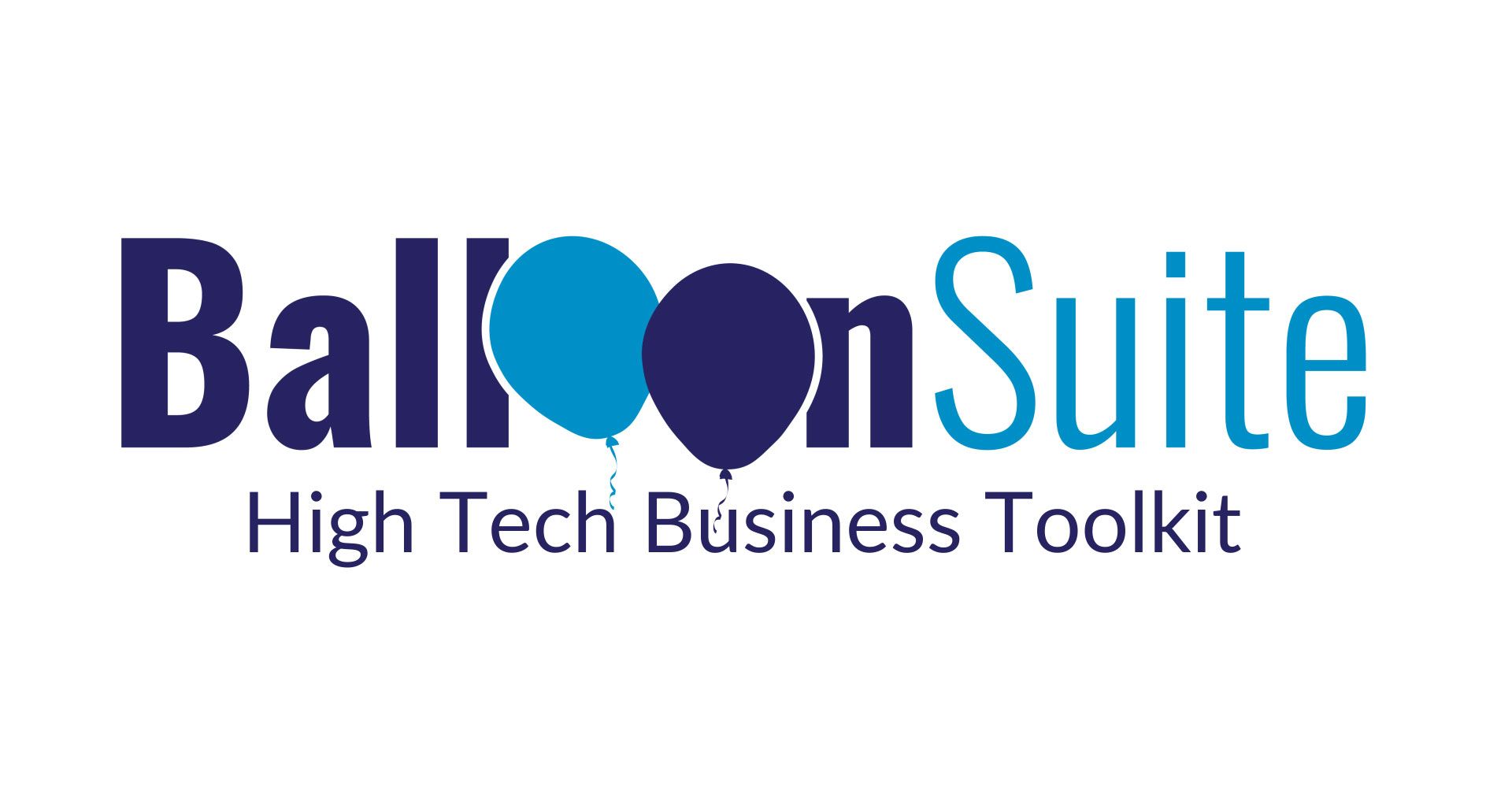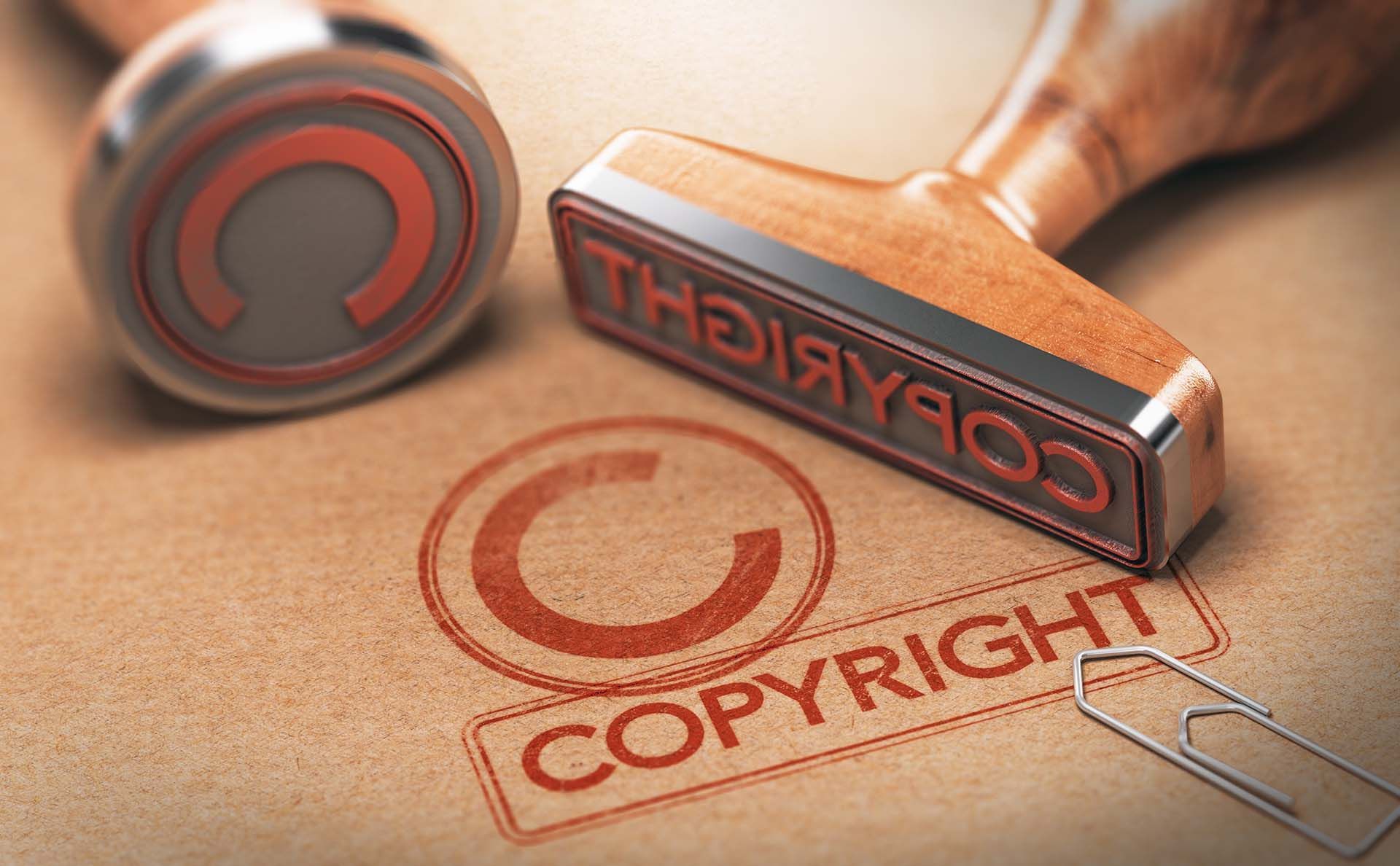Managing and Reducing Expenses for Established Business Owners in the Events Industry
Introduction
In the competitive landscape of the events industry, managing and reducing expenses is not just a financial necessity but a strategic imperative. For businesses making under $2 million annually, with an owner doubling as a general manager, every dollar saved can significantly impact the bottom line. This guide provides practical advice for understanding financials, identifying cost-saving opportunities, and implementing effective strategies to keep your business profitable and thriving.
1. Analyzing Your Profit & Loss Statement for Expense Insights
Introduction to the Profit & Loss Statement
The Profit & Loss (P&L) statement is a crucial document that provides a snapshot of your business's financial health, showing revenues, costs, and expenses over a specified period. Understanding your P&L statement is essential for making informed financial decisions.
Monthly Expense Analysis
Begin by reviewing your monthly expenses shown in the P&L you will be able to identify categories to target for expense reduction. This categorization helps in pinpointing areas where spending is high or can be controlled more tightly. You can also look for any unusual patterns or unexpected expenditures that could signify inefficiencies.
This type of review should happen quarterly as part of the Monthly Business Review process, or now if you’re specifically looking to start an expense management plan.
Monthly, Quarterly, and Annual Reviews
Your business isn’t the same every month and the expenses of the business will fluctuate from month to month and across the year. Understand that looking at different portions of the year, or the entire year, can help you identify expenses that you may be able to reduce.
Commonly Trimmable Expense Categories
Focus on significant expense categories such as warehouse leasing, staffing, and inventory/equipment. The goal is efficiency with the money in the business.
Do you have inventory from 12 months ago that shouldn’t be used any more? It’s time to use that for some marketing builds and move it along.
Do you have racks and racks of rentable party items that are rarely rented? It’s time to liquidate those and remove them from inventory.
Have you improved warehouse layout and have significant space that is unused? It’s time to consider a different space, a more efficient layout, or what to do with the extra space.
2. Key Areas for Expense Reduction
Lease and Warehouse Management
Evaluate your current lease terms and the utility of the space you are renting. If the space is too large or costly, consider downsizing or renegotiating your lease.
This is especially important when commercial space occupancy is low and you have negotiation power with the landlord.
Staffing and Labor Costs
Optimize your workforce by ensuring that each employee’s workload justifies their hours.
Consider training for new employees and how to simplify this process so that it takes fewer hours to end up with a trained team member you can use for deliveries, builds, or in the office.
Don’t over-invest in organization or time saving systems built by your team. Focus on the items that have substantial return on investment.
Inventory Management
Inventory in areas like balloon decor can be tricky to manage. During the pandemic there were massive shortages at the manufacturer and distributor level and many businesses have increased inventory levels to absorb fluctuation. However, this represents money tied up in the business sitting in bins.
It’s time to evaluate inventory levels to the more stable reality of today. Consider working with additional distributors for the products you keep on hand to increase flexibility rather than increasing safety stock.
Take time to personally evaluate inventory that is aged out and written off so that you can improve your inventory management and avoid those situations in the future.
For a balloon decor business one of the best ways to use inventory that is end-of-life is for builds and placements specifically for marketing purposes.
Vehicle and Delivery Expenses
Delivery vehicles can now take many forms. From UHaul rentals to uber packages to business-owned vehicles there are several options, all with different expense profiles.
Owned vehicles are a liability and so businesses that do own vehicles due to their substantial volume need to periodically consider whether continuing to own makes the most sense for the business.
Businesses earlier in their cycle should consider renting the vehicles they need for the specific days they need them so that expenses are more aligned with revenues.
Marketing and Advertising
Evaluate the effectiveness of your marketing campaigns by tracking their return on investment (ROI). Shift your budget towards high-performing channels and leverage what is working.
Local business clients will typically find you through the website, Google Ads, and networking.
Private event clients may find you through social media or Google searches.
Out of town businesses (coming for conferences, for example) will find the business through the website and Google Ads.
Websites need an on-brand look and a substantial amount of written content. Videos on content pages help boost rankings as well.
Adding links to your business from websites all about balloon decor is an important way to increase Google search rankings.
Evaluate what’s working and look to shift expenses to the areas that generate the clients most valuable to the business.
Balloon Suite offers a team dedicated to Balloon Decor and Entertainment business. They know the industry and have plans based on the maturity of the business
Sales Strategies
Sales needs to be a standard operating procedure. Whether by phone, email, text or otherwise.
Use a Customer Relationship Manager (CRM) to keep detailed records of communications and sales with each potential client. This expense pays for itself many times over in saved labor and additional sales opportunities.
Serenity is a CRM for businesses that mix creativity and attention to detail.
3. Create an Expense Management Plan
The annual plan for the business needs to include a financial plan. The financial plan needs to include revenue and expenses. During the Monthly Business Review the annual plan is reviewed as mentioned previously and the financial plan is what powers this focus on expenses.
The Balloon Suite Mastermind included for subscribers to Gold and Platinum packages includes group effort each year to help you build an annual plan for the business.
Set clear, achievable goals for reducing expenses. Prioritize the initiatives that will have the most significant impact and are the easiest to implement. Develop a timeline for each action and assign responsibilities to ensure each task is managed effectively.
4. Monitoring Progress and Adjusting Strategies in Monthly Business Reviews
Hold Monthly Business Reviews to track the progress of your expense management plan. During these meetings, assess which strategies are working and which aren’t, and adjust your plans accordingly. Regular updates ensure that your business adapts to any financial shifts and remains on track towards your financial goals.
5. Leveraging Technology and Innovations
Investigate new technologies that can help streamline operations and reduce costs. For example, event management software can automate tasks that would otherwise require manual effort and staffing.
How to Start
Effective expense management is crucial for the survival and growth of any business, especially in the events industry. By regularly analyzing your financials, identifying key areas for cost reduction, and continuously refining your strategies, you can maintain a competitive edge and ensure long-term profitability. Start your journey towards smarter financial management today and watch your business not only survive but thrive.
Additional Resources
Check out these tools to help you with understanding the finances of your business and making plans to reduce expenses.
- Quickbooks Online (We use this Balloon Suite)
- Serenity CRM (We saved $748/month by switching to Serenity)
- Fiore Tax Services (Our friends in the balloon decor and events industry)
Disclaimer: This publication and the information included in it are not intended to serve as a substitute for consultation with business consultants and professionals. Specific business, financial, legal issues, concerns and conditions always require the advice of appropriate professionals. Any opinions expressed are solely those of the participant and do not represent the views or opinions of Balloon Suite.


How Can We Help
Get Started
Balloon Suite®. We use Serenity











